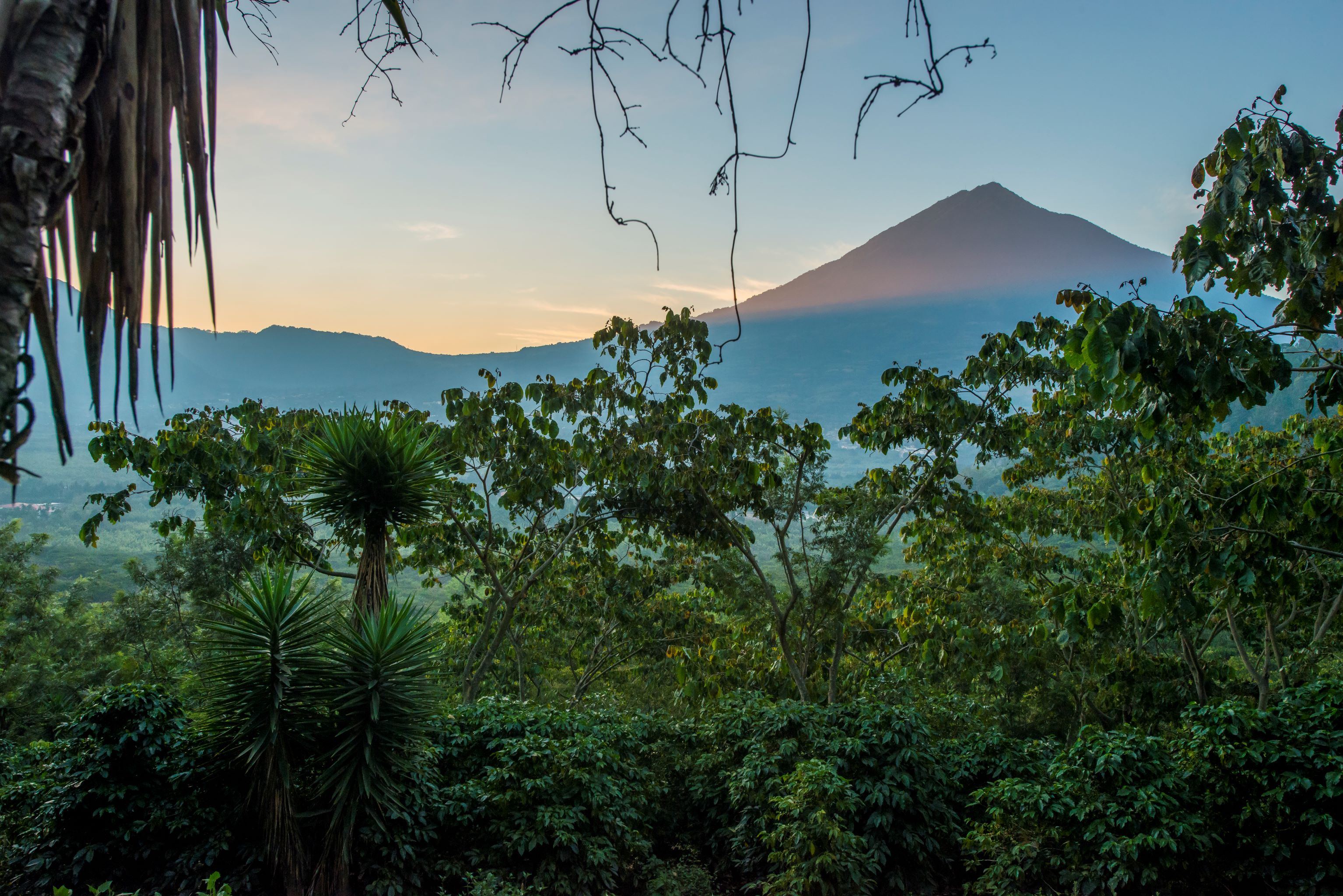






GUATEMALA FINCA MEDINA
Smooth and sweet with notes of dark chocolate and orange, our Guatemala Single Origin offers a beautifully balanced cup that’s perfect for both filter and espresso brewing.
A deep and flavourful speciality espresso with plenty of versatility.
Our newest directly traded coffee, we have worked directly with Antonia & Jorge of Finca Medina to develop the style of coffee we want and manage the farm-to-roastery importing process ourselves. To learn more about how this coffee went from a Google search to landing at our roastery, check out our blog post From Finca Medina to Finca Denbies: The Story of our Newest Guatemalan Coffee.
We think all of our coffees taste great no matter how you prepare them. Check out our Brew Guides for suggested recipes, top tips, and more.


ABOUT FINCA MEDINA
Founded in 1842 with 100 hectares, Finca Medina is located in the foothills of the Agua volcano on the outskirts of Antigua Guatemala City.
Finca Medina combines the most modern technology with traditional techniques for the production of Antigua coffee, according to their sustainability commitment. Each coffee batch is evaluated in their laboratory to verify the traceability, quality, fragrance, aroma, flavour, balance, sweetness, and all the different cup profiles that make a great speciality coffee.
Coffee from the Antigua Guatemala region is internationally acclaimed for its unique characteristics: fragrance, floral aroma, light body and balance, mild notes of chocolate, good taste, and acidity levels.
This coffee is both UTZ and Rainforest Alliance certified. Finca Medina satisfies the standards for sustainable production in the environment, and has diverse initiatives directed towards the preservation of the rainforest. It also supports diverse programs focused on the wellbeing of the families that live and work in the farm, including free dental and health care for farmworkers and their families.
